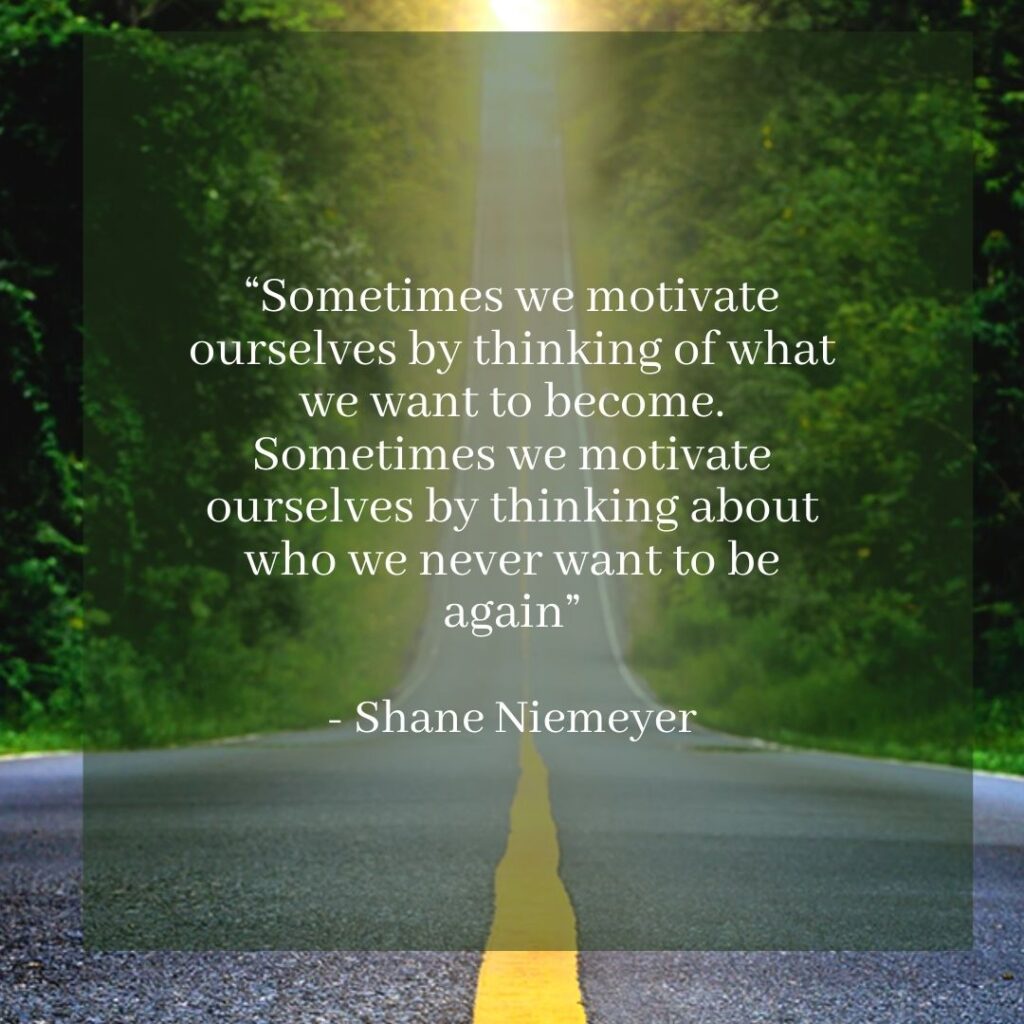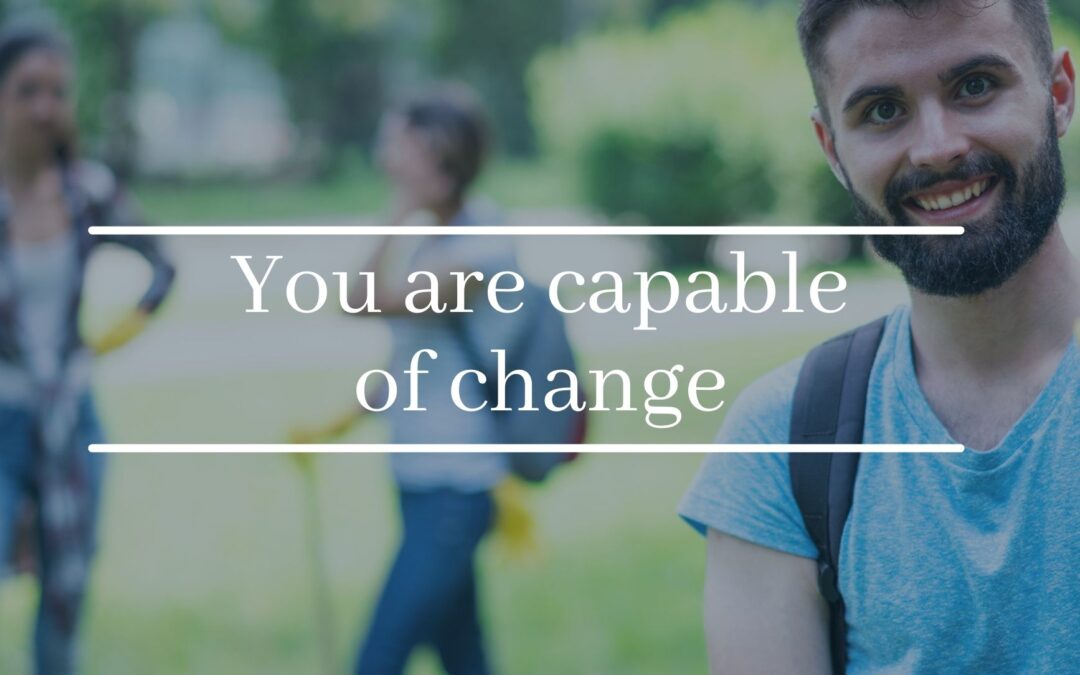As social creatures we seek out others for support and connection. But living in social groups also means adhering to social mores. It is natural for us to compare and model the behaviors of those around us. With a healthy understanding of moderation in all things, comparisons among one’s cohort can act as a self-check that your behaviors are in line with your peers. But diving head first into comparisons can cause more harm than it can solve. Our mirrors of ourselves can become desperately distorted by an emphasis on comparisons. The AA movement popularized the term “hitting bottom” back in 1953, and speaks to a concrete objective or threshold that precipitates seeking recovery.
In 2017, researchers studying the concept of “hitting bottom” created a diagnostic scale known as Noteworthy Aspects of Drinking Important to Recovery (NADIR) to use as an operational definition. They posit that this tool can be used as a starting point for future researchers to test as a method to identify individuals who have hit bottom. Their hope is that the NADIR will prove to be more than a measure of alcohol-related problems and allow researchers to evaluate the utility of hitting bottom. The diagnostic tool uses a qualitative means of evaluation so that the classification of high NADIR scores attempts to take into account the different contributing factors and individual experiences of the variables leading to the seeking of recovery. With only a single study on it to date, whether or not this type of diagnostic tool is useful for recovery seekers remains to be seen. On its surface, it can easily be interpreted as yet more proof of a concrete objective bottom.
“Things do not change, we change.” – Henry David Thoreau
We are always looking for ways to define our world in concrete terms. It is easier for us to navigate the world around us when we can name and sort it. It is a natural inclination to turn the perceived chaos around us into something with finite and easily defined boundaries. But the way each of us interpret and process the world around us is different. As such, basing our perception of reality off of someone else’s definitions can cause us to spiral down a rabbit hole that can seem impossible to climb out of. The drive to seek recovery can slip away when someone else’s rock bottom looks so different from one’s own.
 When another’s story is painted with a darker brush, it is tempting to see the differences in the struggles we all face versus finding solidarity in it. The subsequent spiral of questioning our own thresholds that brought on a desire for recovery can then become a wall; yet another obstacle separating us from not only the goal of recovery but the community aspect that is so fundamental to success.
When another’s story is painted with a darker brush, it is tempting to see the differences in the struggles we all face versus finding solidarity in it. The subsequent spiral of questioning our own thresholds that brought on a desire for recovery can then become a wall; yet another obstacle separating us from not only the goal of recovery but the community aspect that is so fundamental to success.
We rationalize harmful behaviors by comparing other experiences that seem objectively worse. When addiction is driving us, thoughts around continued use or using again can seem very rational. It is this aspect of ourselves that builds further walls between us and recovery.
Addiction, Denial, and Rationalization
The events that bring about the seeking of recovery will differ, but the feelings behind them all are the same. For those who have never lost a job, became homeless, or injured themselves or someone else due to their addiction have a harder time recognizing that their suffering is relevant in the grand scheme. The phrase “It could be worse” is a dangerous and detrimental mantra of the high functioning that barricades recovery like a physical wall. Just because things could be worse, doesn’t mean one needs to suffer through it.
“It isn’t what you have or who you are or what you are doing that makes you happy or unhappy, it is what you think about.” – Dale Carnegie
Don’t wait for a figurative awful end in order to justify recovery. The voice of addiction will always be able to turn the narrative in the direction of justification. It will always rationalize the desperate and painful present. It is up to you to recognize the inner demon for what it is, and seek help. You are capable of change. It is through community connections that we find not only solace, but solidarity.
Resources
https://www.rehabs.com/blog/wasnt-my-rock-bottom-low-enough-for-you/
https://www.theguesthouseocala.com/rock-bottom-mine-doesnt-seem-as-bad-as-yours/
https://columnhealth.com/blog_posts/the-dangerous-myth-of-rock-bottom/
https://soberish.co/rock-bottom-drinking/
https://www.healthline.com/health/mental-health/learned-stop-comparing
https://www.psychologytoday.com/us/blog/prescriptions-life/201803/how-stop-comparing-yourself-others
https://www.psychologytoday.com/us/blog/philosophy-stirred-not-shaken/201405/whats-wrong-rock-bottom
https://www.ncbi.nlm.nih.gov/pmc/articles/PMC6107067/
https://alcoholicsguidetoalcoholism.com/tag/hitting-rock-bottom/
http://www.online-literature.com/thoreau/walden/18/
